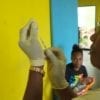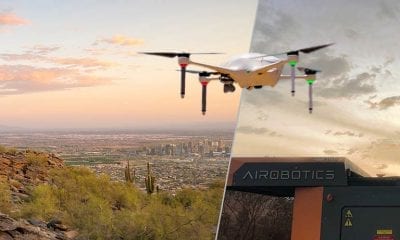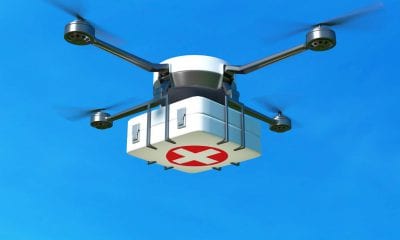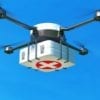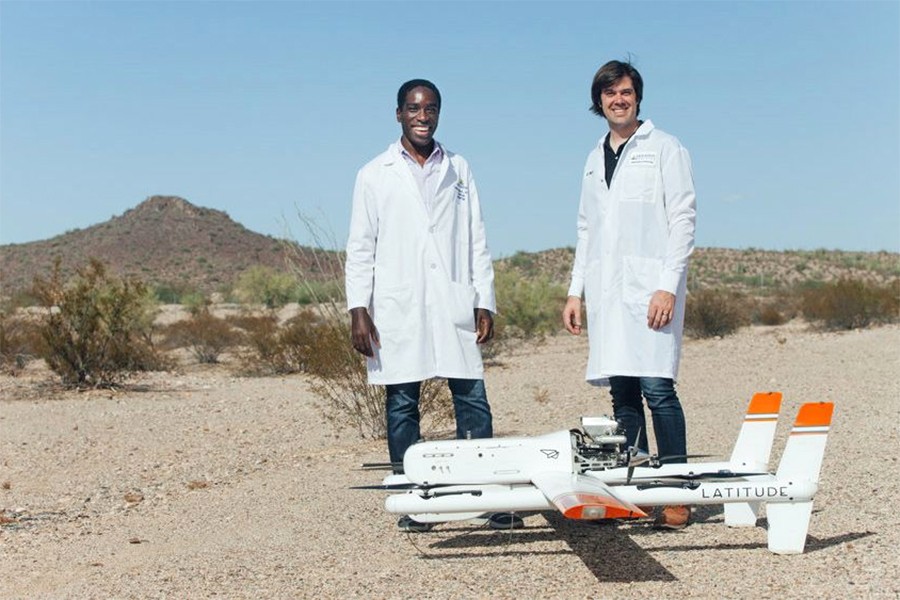
News
Johns Hopkins Team Transport Blood Samples with Drone
Johns Hopkins Team Transport Blood Samples with Drone
Researcher from Johns Hopkins have set a new delivery distance record for medical drones, successfully transporting human blood samples across 161 miles of Arizona desert.
In a report of the findings, published in the American Journal of Clinical Pathology earlier this month, the investigators say the achievement adds to evidence that unmanned aircraft can be an effective way to quickly transport medical samples from remote sites to laboratories.
Throughout the three-hour flight, they report, the on-board payload system maintained temperature control, ensuring the samples remained cool and were viable for laboratory analysis after landing.
“We expect that in many cases, drone transport will be the quickest, safest, and most efficient option to deliver some biological samples to a laboratory from rural or urban settings,” says Timothy Amukele, assistant professor of pathology at the Johns Hopkins University School of Medicine and the paper’s senior author.
Building on previous work by Amukele’s team, the investigators collected pairs of 84 blood samples at the University of Arizona in Tucson, then drove them 76 miles to an airfield.
One sample from each pair was loaded onto a commercially available drone, which flew them 161 miles. The flight took off and landed at the same airfield, on a drone test range. The samples flown by drone were contained in a temperature-controlled chamber designed by the Johns Hopkins team. The other sample of each pair was held in a car at the airfield with active cooling to maintain target temperature. The average temperature of the flown samples was 76.6 degrees Fahrenheit, compared with 81.1 degrees for the samples not flown.
The aircraft was under the control of a certified remote pilot, using a radio link between the drone’s onboard flight computer and the ground control station. Samples were packed and transported according to International Air Transport Association guidelines. The aircraft used in the study was a Latitude Engineering HQ-40.
Following the flight, all samples were transported 62 miles by car to the Mayo Clinic in Scottsdale, Arizona, and tested for 17 of the 19 most common chemistry and hematology tests. Flown and not-flown paired samples showed similar results for red blood cell, white blood cell and platelet counts, and sodium levels, among other results. Statistically significant but small differences were seen in glucose and potassium levels due to chemical degradation from the slightly warmer temperature in the not-flown samples.
The Johns Hopkins team previously studied the impact of drone transportation on the chemical, hematological, and microbial makeup of drone-flown blood samples over distances up to 20 miles, and found that none were negatively affected. The team plans further and larger studies in the U.S. and overseas.
“Getting diagnostic results far more quickly under difficult conditions will almost certainly improve care and save more lives,” Amukele says.
Other authors on this study include Jeff Street of the Johns Hopkins University School of Medicine; Christine LH Snozek and James Hernandez of the Mayo Clinic in Arizona; and Ryan G. Wyatt, Matthew Douglas and Richard Amini of the University of Arizona.
Citation: Timothy K Amukele, MD, PhD, James Hernandez, MD, Christine LH Snozek, PhD, Ryan G Wyatt, FP-C, Matthew Douglas, MD, Richard Amini, MD, Jeff Street; Drone Transport of Chemistry and Hematology Samples Over Long Distances, American Journal of Clinical Pathology, , aqx090, https://doi.org/10.1093/ajcp/aqx090




